
La página que intenta visitar sólo está disponible en inglés. ¡Disculpa!
The page you are about to visit is currently only available in English. Sorry!

The Audubon Campus Chapters program started, fittingly, with a student speaking out. During a Q&A at the 2017 Audubon Convention with the organization’s leaders, Tammi Fierro, then at Miami University of Ohio, stood up and said they and their fellow students were already engaged with conservation—but the students could achieve more if they had support.
Later, students and Audubon staff met to plan a new program inspired by that goal. The idea grew rapidly: About 10 out of 15 invited schools signed on when the program soft-launched in 2018, and by fall 2019 it had 50 chapters in the works. Each campus chapter could be adapted to student interests, encompassing birding trips, native plants, or political advocacy.
Audubon staff and local, adult-led chapters provided mentorship and grant resources; the clubs completed regular check-ins and at least one conservation project per school year. By early 2020 the program was on track to have 150 chapters before the year’s end, representing a major expansion of Audubon’s existing national network of about 450 traditional chapters.
“The students told us this is something they are passionate about,” says Audubon on Campus program manager Diana Braithwaite. “The fact it was able to grow so quickly is proof of that.”
The campus program aims to prime young leaders from diverse backgrounds to get involved in bird conservation, a field long dominated by older white male voices. On other environmental issues, such as climate, youth-led organizations like the Sunrise Movement are already crafting and influencing policy. There’s no doubt, Gen Z is acting on its intent to save the planet—and redefining outdated stereotypes about who takes birding and conservation seriously in the process. “When we share what this program actually is with the Audubon network, folks are surprised that the students are willing to do this work and are doing so much already,” Braithwaite says.
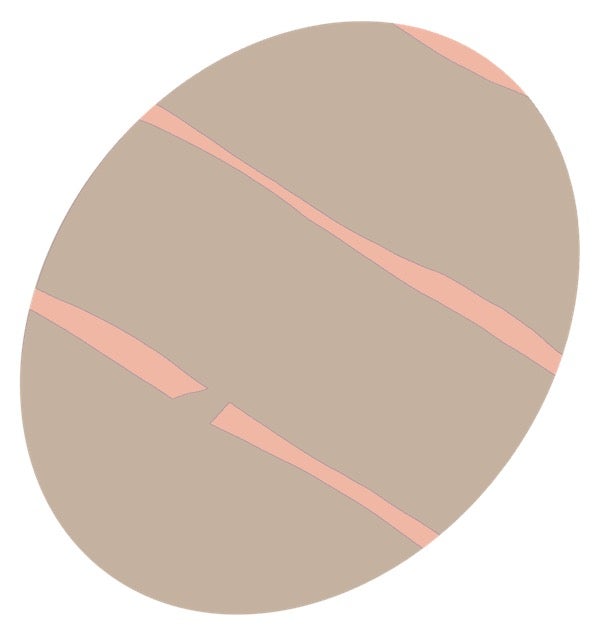
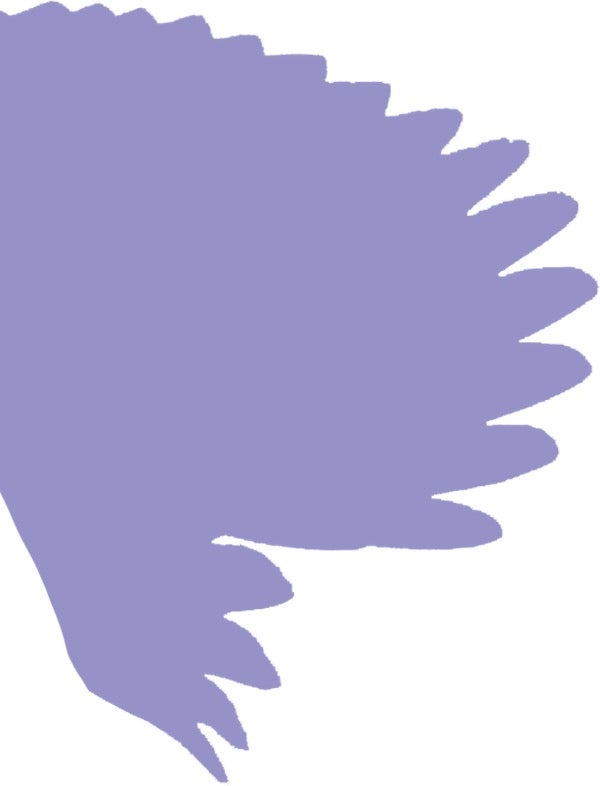
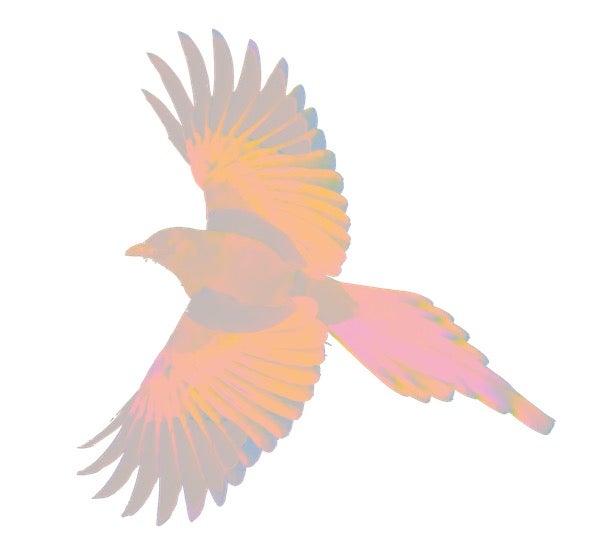
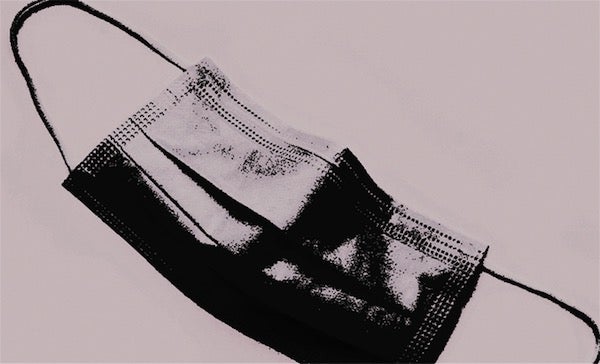
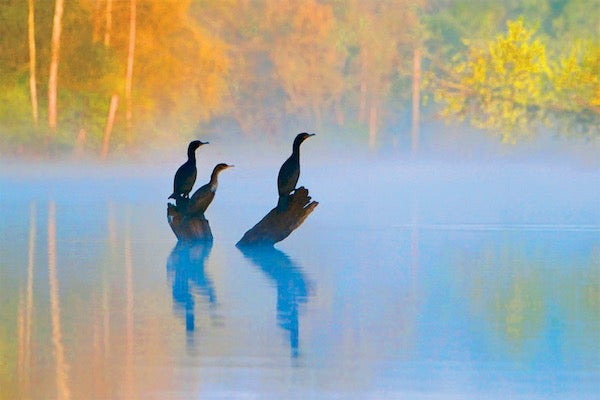
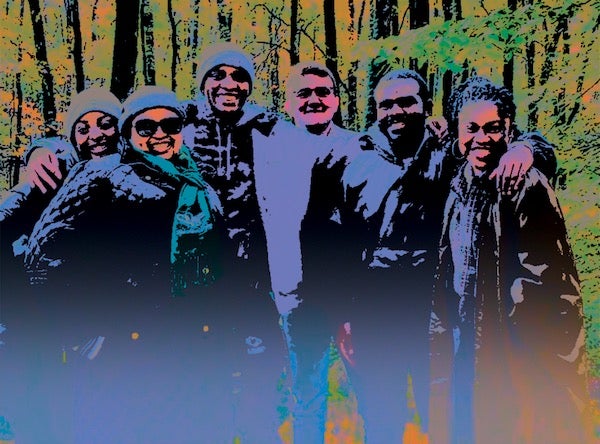
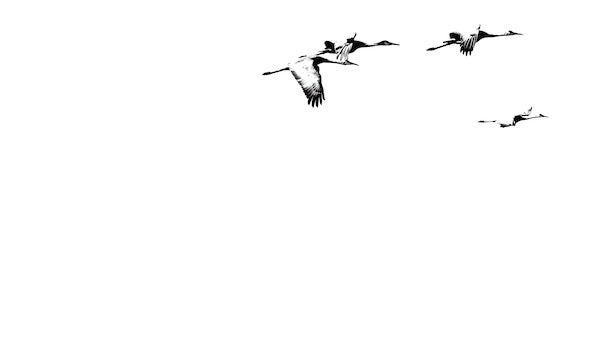
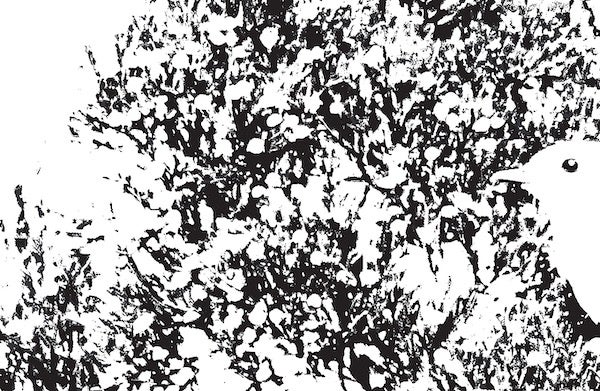
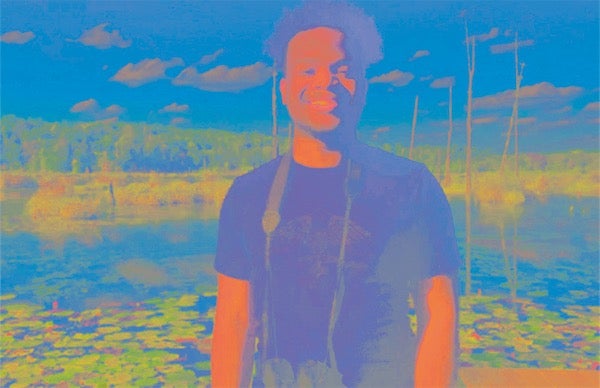
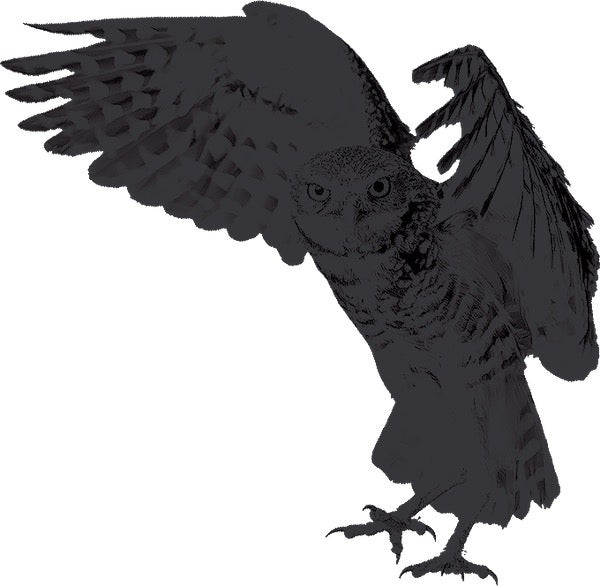

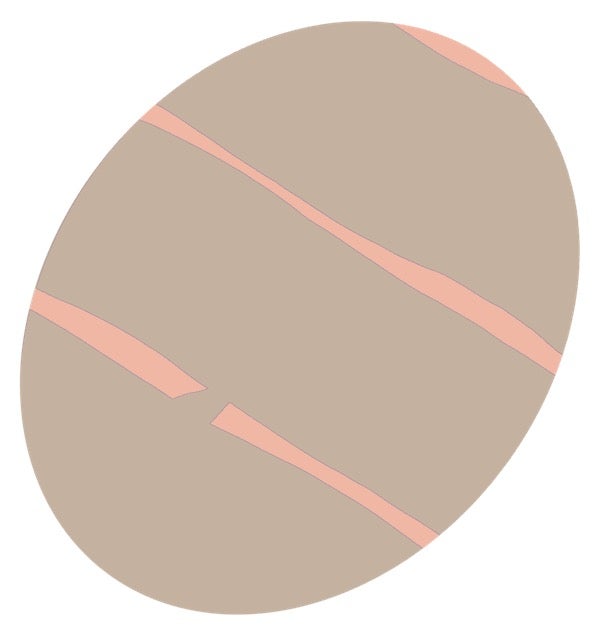
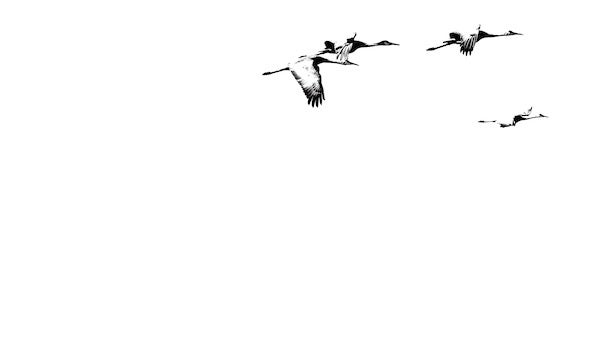
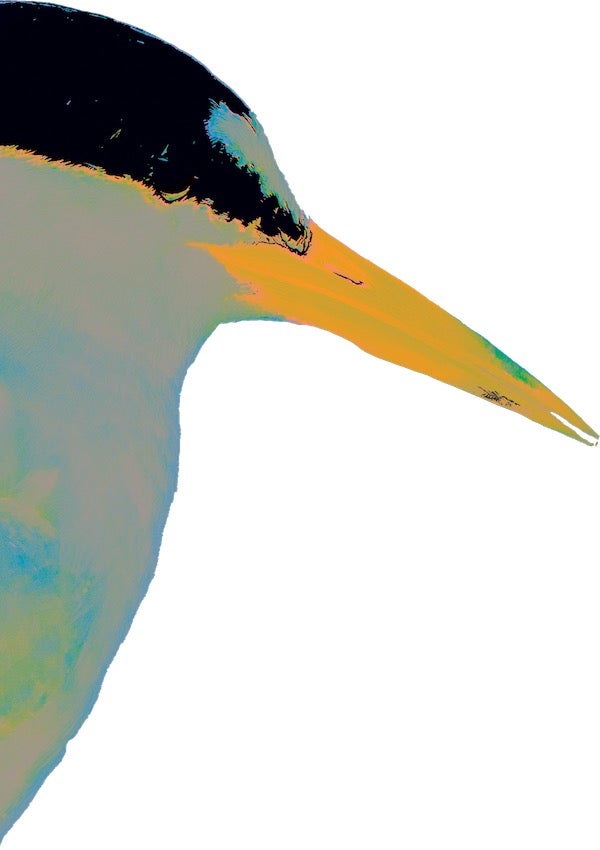

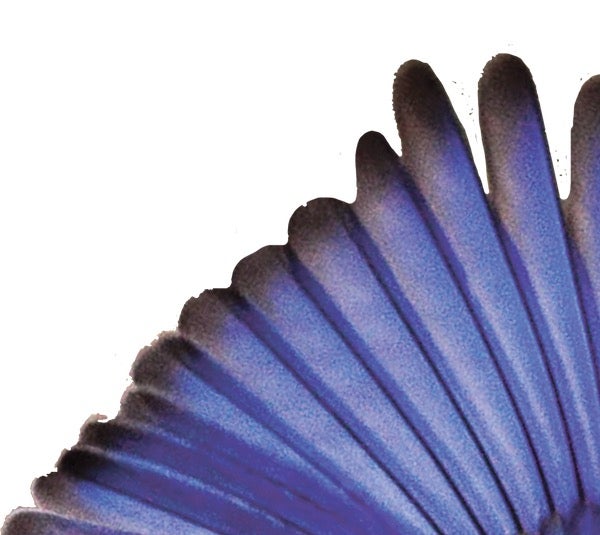

The challenges facing birds and humans are steep—and getting steeper. For many young people, a love of birds, or a desire to protect them, can’t be separated from the sweeping challenges they themselves face, such as climate change, entrenched racism, and inequality. Leaders in conservation often say that staying relevant depends on working with younger, diverse demographics, but Braithwaite cautions this requires more than a simple invitation: “We need to be open to new ways of working and new ways of engaging young people, which means listening to what they’re asking.”
That adaptability proved critical in spring 2020, when everything changed. The pandemic hit all age groups in different ways, but millions of teens and young adults faced intense disruptions to their lives and future prospects.
Despite the immense upheaval, many student leaders and the campus chapter program doubled down on their conservation mission and adjusted to the new normal. At Miami University in Oxford, Ohio, for example, Audubon club president Matthew Valiga threw himself into helping to organize the inaugural Youth Environmental Summit last summer, a virtual event (originally planned in-person) co-sponsored by Audubon that brought together students across the country. Others participated in the program’s chat community on the Slack platform, a summer social media training program, and a virtual speaker series—“How Can I Get Your Job?”—organized by Audubon’s student outreach associate Gustavo Figueroa. Some chapters mobilized to continue activities virtually or in other creative ways, but Figueroa says his advice centered around making sure students cared for themselves. “Your plans, your goals might be on hold right now, so let’s try not to stress or feel bad,” Figueroa told them.
Braithwaite and her team had wanted to hold on-campus events to build relationships with Historically Black Colleges and Universities, tribal colleges, and Hispanic-Serving Institutions (those serving a student body that’s at least 25 percent Hispanic). Travel was canceled, but outreach to schools continued, and despite it all, seven more chapters joined the program in 2020—for a total of 140 that are in development or already operating. Pandemic or no pandemic, Braithwaite says the goal will always stay the same: To give students the tools they need to create the change they want to see.
Joshua Bellamy was ready to build bird boxes to attract Eastern Bluebirds and Carolina Wrens. He had collected the materials at the student maker space and selected sites across Morehouse College, in Atlanta, Georgia, for boxes. A passionate nature enthusiast, Bellamy started working in environmental education in high school and in his junior year joined Morehouse MoreGreen, the college’s environmental club.
Both Bellamy and Curtis Dodds, the club’s founder and an applied physics major, saw Morehouse MoreGreen as a fun outlet for educating students and school staff about crucial environmental issues. Ideally, it would also help students break away from stereotypes about Black people in nature, says Bellamy. “I wanted to see more people of color, especially Black people, in conservation and in this field because there’s a lack of representation,” he says. “If we’re all fighting for conservation and equal opportunity, then we need to have an equal voice.”
Spring 2020 was going to be a significant semester for the club. In February it had become a part of the Audubon campus chapter network, which brought new grant opportunities. Bellamy had a hummingbird-feeder project ready. Dodds had planned extensive events for Earth Week in April, including a bird walk and discussions about conservation with fellow Historically Black Colleges and Universities in the Atlanta area.
Then the COVID-19 pandemic broke out in full force. Amid the chaos of renting a U-Haul and finding a place to live as campus housing closed, Dodds was frustrated to see all the club’s hard work disappear overnight. Dodds had grown up in Los Angeles and, like Bellamy, he had been invested in conservation since childhood. Whenever he went to the beach with his friends, he would recruit them to help pick up plastic and trash.
One month of quarantine turned into two, which turned into three. Then in late spring, George Floyd was murdered by a Minneapolis police officer, setting off demonstrations across the country. The national conversation shifted from a pandemic, which had already been disproportionately killing people from Black and brown communities, to police brutality and racism.
It all hit close to home for students at Morehouse, a men’s liberal arts college with a majority Black student body. Many had witnessed and experienced discrimination by police firsthand. “Seeing it on the news over and over—and seeing people getting killed, actually seeing it—it was just a lot for people to deal with everything at the same time,” says Dodds.
As students attended protests and spoke out against brutality, Dodds and Bellamy did their best to use their positions as leaders in the community to support their fellow classmates. They slowed down club activities, advised members to take care of their mental health first, and encouraged them to get outside to escape the news cycle. But the news cycle quickly made going outdoors stressful, too: A video of a white woman falsely calling the police on Central Park birder Christian Cooper had just hit CNN. In response, Bellamy and Dodds tried to raise awareness and connect with Black birders through social media. “We were able to stay afloat and current with our members by being present and showing that we were active, even during these tough times,” Bellamy says. “That’s not only to show our tenacity but also how determined we are to see progression—to see change.”
Both Bellamy, who graduated in December, and Dodds, who is in his last year of his program, are now looking to life after college. Bellamy has been working with the National Audubon Society on environmental education projects, including a digital program called Project Aves that launched with grant support this spring. Dodds hopes to find a career that encompasses environmentalism and his applied physics degree.
They both hope they’ve built a strong foundation for education, advocacy, and increased representation in the outdoors at Morehouse. “I just wanted to see my community in nature,” Bellamy says.
College Junior Courtney Knerr, co-chair of the Tiger Audubon campus chapter in spring 2020, was cramming for an exam. Knerr’s partner, who was visiting Colorado College, in Colorado Springs, during his spring break, sat nearby planning the logistics for a Lawrence concert the couple hoped to attend. Then Colorado College announced the switch to remote learning.
The campus emptied. Within days Knerr (who uses they/she pronouns) packed up their apartment, put most of their things in storage, drove three days and through a snowstorm to Pittsburgh to pack their partner’s dorm room, and returned home to Philadelphia. Some students elected to stay behind, including Knerr’s Tiger Audubon co-chair Mary Rudolph, who watched as the sprawling buffet in the cafeteria dwindled to a few food stations, professors began to teach behind computer screens, and blank stretches of time replaced her busy extracurricular schedule. By late April even Rudolph decamped to her dad’s home nearby.
Before the pandemic the nascent club was gearing up for its first big term. Rudolph helped found the group in the fall of 2019 with three other bird-loving students—Olivia Noonan, Sarah Lloyd, and Julian Moulton—after learning about the campus chapters program at the Audubon convention the summer before. The club quickly launched a project to monitor bird-window collisions and had plans to create a pollinator garden and host birding and camping trips. “We were at that jumping-off point,” says Knerr.
By May Rudolph, Knerr, and other chapter members realized they wouldn’t be returning to campus anytime soon. As many student groups disappeared into the digital void, Tiger Audubon worried their fledgling club wouldn’t be able to reach birders in the incoming class. So they used the virtual world to their advantage. Rudolph created a Facebook group, and Knerr threw themself into developing the club’s Instagram. “It became something I could put my energy into when other things felt less structured and definite,” Knerr says. Over the summer, Knerr worked with Boulder County Audubon Society and the Golden Eagle Audubon Society to develop social strategy for each organization.
As Colorado College prepared for a mostly online fall semester in 2020, Tiger Audubon experimented with virtual birding challenges. People submitted pictures to the club’s social media accounts for identification help and checked off a list of birding moments. The group held a spooky bird art contest around Halloween and streamed a feeder cam in winter. Birds provided an important point of connection. The enthusiasm spilled over into the club’s virtual meetings: Members lit up the screen as they shared recent avian encounters. “There’s something about being with kids your own age that really enjoy birds,” says Rudolph.
Both Knerr and Rudolph were back on campus for the spring 2021 semester, even though most classes were still on Zoom and people wore masks and kept their distance. Tiger Audubon restarted volunteer efforts tracking bird collisions, hosted an anti-racism book club meeting, and teamed with other student groups to produce “birding-to-go” packets to help students begin birding.
In May Knerr graduated. They plan to study Flammulated Owls this summer with a professor. Beyond that, they could see pursuing an ecology graduate degree or working in marketing and engagement at an environmental nonprofit. Either way, Knerr sees birds in their future.
A self-described “social butterfly,” Adrian D’Mirez hated being cooped up in his apartment when California’s San Diego City College (SDCC) closed its campus and shifted online. “I am the type of person where I’ll email you, and if you don’t email me back I’ll knock on your door,” he says. “I couldn’t do that, so I just felt stuck for a little bit. I didn’t know how to move forward.”
He fought that feeling by refocusing on two things he’s passionate about: nature and community service. As treasurer of the SDCC Audubon Club, D’Mirez and his fellow club members masked up and got to work doing ecosystem restoration for San Diego Audubon, the city’s long-existing chapter. They pulled weeds at Least Tern nesting sites, tended to baby native plants at Otay Valley Regional Park, and helped out with tasks that would have been done by volunteers in normal times. “I like being outdoors with friends—it’s a chance to be together, and we’re always joking around and laughing,” says D’Mirez. “That helped me keep my sanity.”
At SDCC, a designated Hispanic-Serving Institution, the Audubon club is an established presence on campus. Lisa Chaddock, a geography professor and longtime Audubon member, started the club in 2013, and it was formally recognized as an Audubon campus chapter in 2019.
Just as the school has developed a reputation for its emphasis on social justice, with faculty focused on empowering a diverse student body, Chaddock notes the Audubon club made environmental justice central to its mission. In addition to activities like planting native species on campus and conducting bird surveys, the club expanded ecological restoration work across the San Diego area—especially in underserved communities where the city has historically not invested in green space and wildlife habitat. “It’s probably why the Audubon club has been so successful,” Chaddock says. “A lot of people can see that their areas for nature have been trashed and this inequity has to stop.
The pandemic was a major setback for many SDCC students, Chaddock says. When the campus closed, thousands of them lost access to stable internet and computers, and some attempted to do college on just a smartphone. Others have told her they were overwhelmed caring for sick family members and scared they would get COVID-19, too. The Audubon club shrank by at least a third of its 125 members. (The group number has since bounced back to about 100 students.)
For some of the remaining club members, conservation work became a financial lifeline—the part-time restoration work D’Mirez and others did for San Diego Audubon was paid. Many used the money to help support family who lost jobs during the pandemic, says Chaddock. Others found joy working in their chosen field amid the uncertainty and fear. “It feels like we’re actually doing something that has a big impact,” says the club’s vice president, Missael Corro Flores.
As large in-person events became impossible, community outreach continued online. Club president Karina Ornelas, for example, spearheaded a webinar about native plants and butterflies in English and Spanish and worked with multilingual students to create social media videos about bird-friendly practices in English, Spanish, Tagalog, and Mandarin. (Japanese and Arabic versions are also in the works.) Other members, like Chris Tinoco, started writing to government representatives about environmental issues, as well as phone banking for elections.
These efforts added up to a year of support and positive momentum against all odds. “For me it was one of the best years, even though the pandemic was hard,” says Ornelas. In spring 2021 Ornelas, D’Mirez, and other club members continued their work for San Diego Audubon. They also spearheaded off-campus planting and restoration events.
As the pandemic wanes, the club’s ambitions continue to grow. They plan to revive an environmental justice conference for students that was paused last year, as well as conversations about how the club can extend its work in immigrant neighborhoods and with Native American tribes. Their goal, says Chaddock, is to serve not only birds but also communities that environmental organizations too often overlook.
Correction: This story originally used inaccurate pronouns to refer to the student who spoke up at the 2017 Audubon conventon. We apologize for the error.
This story originally ran in the Summer 2021 issue as “The Kids Are All Right.” To receive our print magazine, become a member by making a donation today.